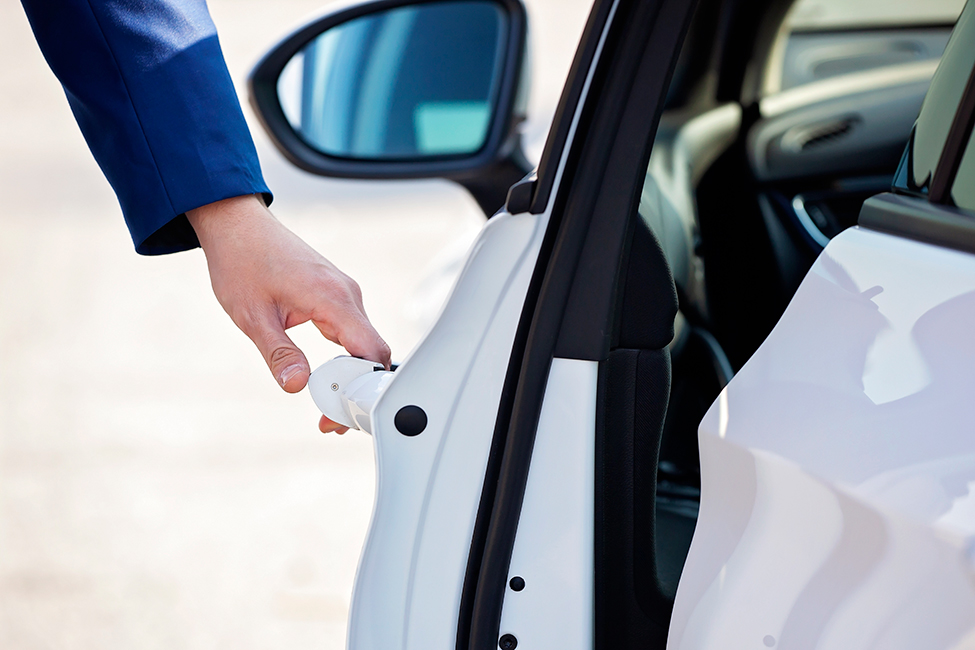How do I maintain my car’s rubber seals?
How do I maintain my car’s rubber seals?

©bfk92/iStock
For maintaining a well-insulated interior, doors that close properly and a car that always looks good, don't neglect your car's rubber seals. They are particularly sensitive to changes in the weather and require special care. Find out how to clean them, and also how to protect them from damage.<br />
Why do rubber seals get damaged?
The sun’s rays in summer, as well as frost and low temperatures in the winter, are the great enemies of your car’s rubber seals. In the long run, excessive heat and cold cause the seals to crack or prematurely wear out, thus affecting their performance. So while it is important to be vigilant in the run-up to summer and at the first frost, both spring and autumn are also risky seasons for rubber seals. This is particularly true for cars that are parked under trees or that are exposed to long-term humidity. Such conditions are indeed conducive to the formation of mould, which usually starts by invading the vehicle’s rubber seals, then it spreads to the bodywork, and even the inside of the doors also.
Why do rubber seals require careful maintenance?
If you don’t carefully maintain your car’s rubber parts, the long-term consequences can be damaging in many ways. First of all, with cracked or mossy seals, the doors will stop closing properly. They will squeak unpleasantly, and you might have to shut them over and over again to make sure they close tightly. In winter, a door with frost-damaged seals can stick, which means you’ll have trouble opening it in the morning when you return to your car. The same applies to the boot. Finally, damaged rubber seals will compromise the insulation of the interior. This means that not only will the car take longer to heat or cool, which means higher fuel consumption, but it will also be more exposed to moisture and therefore fogging.
What products do I need?
To clean your car’s rubber seals, use a microfibre cloth, a hoover cleaner, a basin of soapy water and possibly a toothbrush. If you need to fight moss, get a commercial fungicide spray. Start by removing the dirt from the joints with the small brush attachment of the hoover cleaner. Alternatively, you can do this preliminary dusting with a dry microfibre cloth. Then soak it in soapy water and wash the joints. For corners and less accessible areas, or to remove embedded dirt, use a toothbrush. Then spray the anti-moss solution on the affected areas. Leave it on for at least 3-4 days before brushing the joints again. Once the rubber seals have been cleaned and freed of contaminants, protect them against moisture, heat and frost with a silicone lubricant. Not only does this ensure a long life, but it also keeps them looking their best all year round!
Your car’s rubber seals play an essential role in ensuring that the windows are watertight and that the doors and boot close properly. Taking care of them is a guarantee that your vehicle will always be functional and welcoming, therefore as pleasant to drive as it is to look at it!
Feel like getting away from it all?
See our suggestions for novel trips and must-see places to visit near your home or holiday destination.